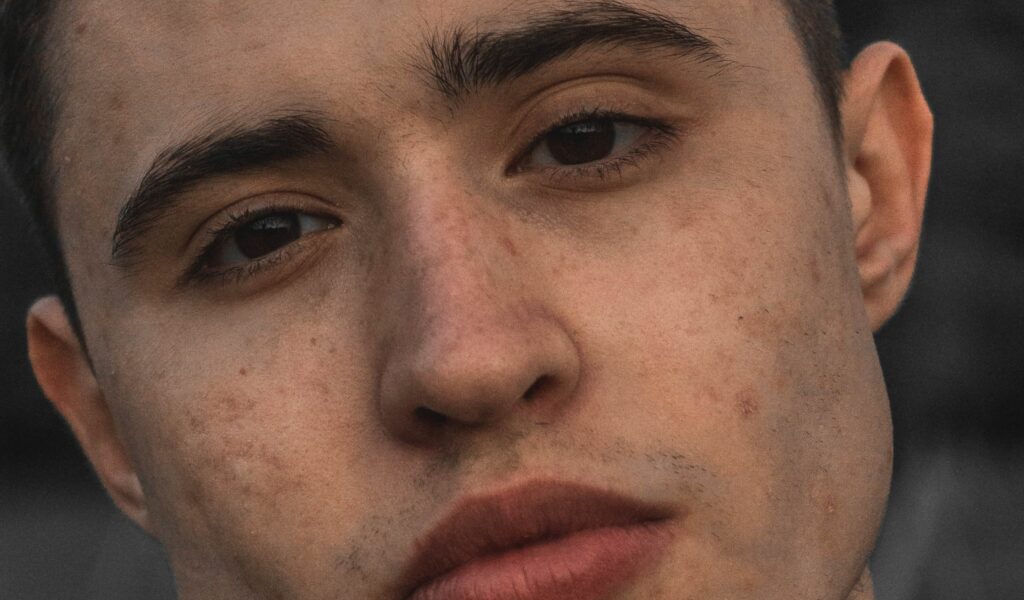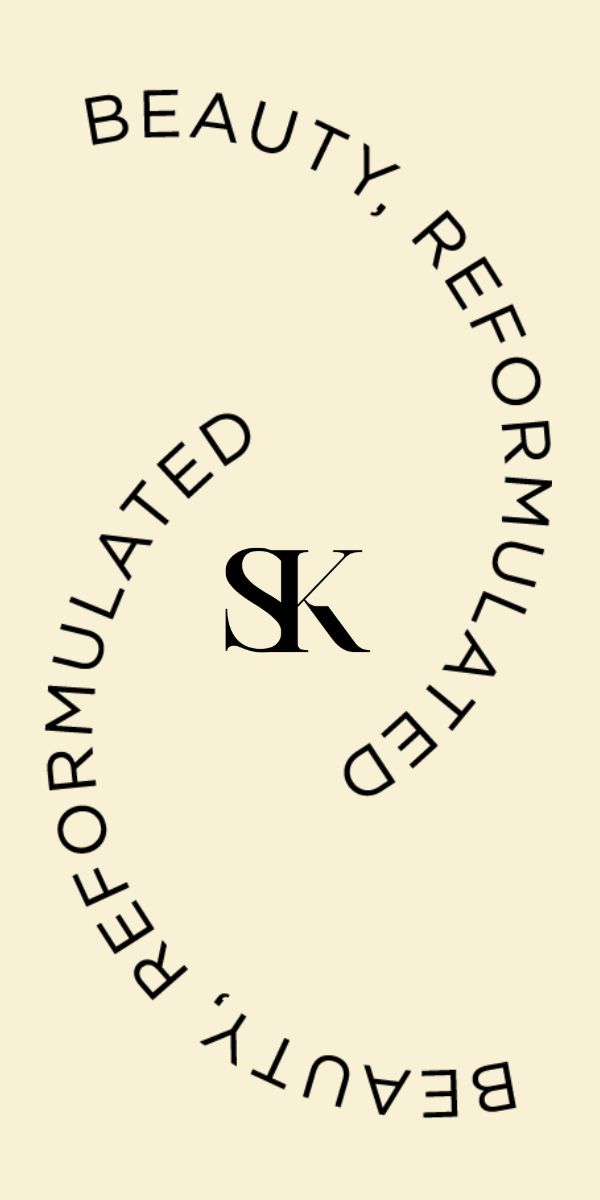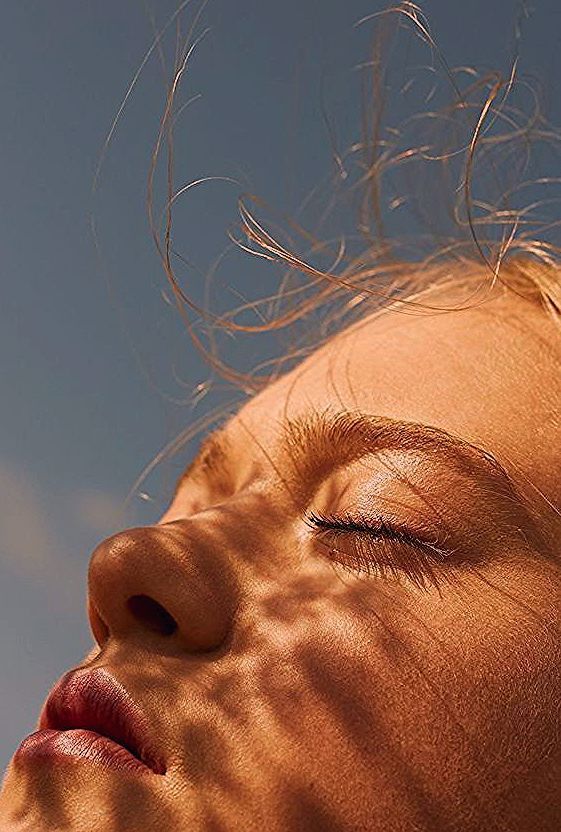
Acne Prone Skin Characteristics
Oh, acne. It’s the bane of everyone’s existence, especially if you love skincare. While knowing your skin type can be a little confusing, acne prone skin often features the following characteristics:
- Excessive oiliness – your skin has a tendency to overproduce oil and looks shinier as the day goes on. But acne can occur across all skin types, including dry
- Different kinds of breakouts – whiteheads, blackheads, cysts, pustules (more on that later)
- Enlarged pores
- General facial redness
- Hyperpigmentation, often from popping your breakouts (we’ll all done it!)
Strap in, because it’s going to be a long one.
What causes acne and breakouts?
There are a variety of causes for acne. The most general cause of acne and breakouts is when too much oil, dead skin cells or bacteria clog a pore, resulting in an inflammatory response from the body. Thus, a breakout is born. We’ve broken down the other causes below:
- Too much sebum production: Everyone has sebaceous glands in their skin, which are located at the end of a hair follicle. These produce an oily substance, called sebum, which keeps skin hydrated and moisturised. However, these glands sometimes overproduce oil, which can clog pores and result in breakouts.
- Leftover dead skin cells: Skin typically sheds and renews itself approximately every 27 days. The debris and leftover dead skin cells can contribute to clogged pores, which create breakouts.
- Hormones: Arguably the most frustrating cause because we can’t do anything about it, sebaceous glands sometimes go into overdrive because of hormone fluctuations. Androgen levels are one of main causes of acne, and often rise in adolescence and early adulthood.
- Diet: This doesn’t directly correlate with acne, but foods with a high glycemic index diet can be linked to an onset of acne. These kinds of foods increase blood sugar levels, which release hormones that may promote the formation of acne. That said, we recommend taking this cause with a grain of salt because everyone’s body is different.
The different types of acne
You can categorise acne breakouts into the categories below:
- Comedones: Whiteheads and blackheads fall into this category. These are little white or black bumps that appear in oily prone areas like the t-zone. But they can also appear anywhere on the skin.
- Papules and pustules: Most people with acne prone skin will experience these kinds of breakouts more than once. It’s your typical pimple – raised bumps that look red, angry and inflamed. Bacteria that have clogged the pores are usually the culprit for these. Papules are raised bumps, while pustules contain pus (aka the white stuff you see if you pop the pimple).
- Cysts: These are the worst to experience. Cystic breakouts are “invisible”, deep under the skin and feel tender to the touch. Sometimes, they hurt when touched. Common areas of occurrence around the jawline and t-zone areas. As much as possible, do not try to pop these! They will scar. Permanently.
How to care for acne prone skin and breakouts
The key to caring for acne prone skin is through consistency and using gentle products that don’t irritate active breakouts.
1. Gently cleanse twice a day
If you have acne, we have a tendency to over-cleanse in the vain hope cleaner skin equals less acne. This is completely false. Keep your complexion healthy with a gentle cleanser. Cleanse twice a day – once in the morning and once in the evening.
You don’t need to go overboard with types of cleansers either, because they stay on your skin for less than 30 seconds which isn’t enough time for active ingredients to work their magic. However, you’re welcome to use cleansers with active ingredients like salicylic acid (beta hydroxy acid), which will help unclog pores and reduce excess oil.
Keep in mind that acne can also fluctuate with the seasons, so you may need to change cleansers every now and then. For example, a foaming cleanser in the summer and hydrating one in the winter.
Recommended products:
2. Exfoliate with active ingredients like Salicylic Acid
Avoid physical exfoliants like facial scrubs. The last thing you want is to aggravate the existing breakouts. Instead, use a leave-on exfoliant – these work exactly the same, without the irritation. Simply apply on your skin and layer on the rest of your skincare like moisturiser.
Use an exfoliant with beta-hydroxy acids like Salicylic Acid. This ingredient works by penetrating the pores and clearing out the bacteria, debris, oil and dead skin cells stuck inside the pores. It also contains anti-inflammatory properties to reduce redness in the skin.
Alpha Hydroxy Acids, like Glycolic Acid, are also beneficial for acne prone skin, but this exfoliant works on the skin’s surface only. They are a great choice if you have dry skin and get acne from excess dead skin cells.
Can’t decide? There are also products out there that contain both! Because active ingredients are well, very active, we recommend starting on the lower concentrations first before going higher. BHA’s often come in 1-2% concentrations, while AHA’s can start from 5% and go all the way up to 30%. So proceed with caution and take it slow with exfoliants.
Recommended products:
- Paula’s Choice Skin Perfecting 2% BHA Liquid Exfoliant
- Paula’s Choice Skin Perfecting 8% AHA Gel
- Paula’s Choice Skin Perfecting 25% AHA + 2% BHA Exfoliant Peel
3. Incorporate active ingredients that specifically address acne and breakouts
Leave-on exfoliants are a great way to start incorporating active ingredients in your routine, but it doesn’t have to end there. When your skin is used to using active ingredients, start expanding it into other active ingredients. Below is a good reference:
- Vitamin A, aka Retinols – It’s the bee’s knees not just for acne, but for wrinkles too. Vitamin A speeds up cell turnover (your skin’s natural exfoliant process), fights free radicals that cause wrinkles, boosts collagen production and reduces acne. Vitamin A forms include retinol, retinaldehyde and retinoic acid.
- Vitamin B, aka Niacinamide – This is a great choice for acne prone skin because it works by balancing out your skin’s oil production, all while providing hydration to the skin. In doing this, it minimises pore appearing and also treats hyperpigmentation. It’s also very friendly with other actives, so you can layer it with other products without worrying about them cancelling each other out.
- Vitamin C, aka Ascorbic Acid – Vitamin C can be beneficial for post-inflammatory hyperpigmentation (PIH) and leftover marks from past acne. This active is good to use in the morning because it’s excellent at protecting skin against free radicals and pollution. Vitamin C forms include Ascorbic Acid, sodium ascorbate, ascorbyl glucoside and more.
- Benzoyl Peroxide – Also known as the tried and proven ingredient for targeting acne. This works by specifically attacking the bacteria, otherwise known as p.acnes, stuck inside your pores. In order to work effectively, it must be used regularly. Be careful though – excessive use of this can result in skin bleaching and bleaching of your pillows and towels.
Recommended products:
4. Moisturise, even if you have oily skin and active acne
It seems a bit illogical to add moisture to skin that’s already oily, but if you use acne treatments like benzoyl peroxide, these can be very drying. Also if you avoid moisturiser, your skin will notice and produce even more oil to compensate. Aim for a moisturiser that provides deep hydration without clogging the pores. If it has ingredients like ceraminds, niacinamide and vitamin E (tocopherol), you’re onto a winner because these can work to reduce inflammation and calm down angry skin.
Recommended products:
- CeraVe Daily Moisturising Lotion
- Cetaphil Moisturizing Lotion
- La Roche-Posay Toleriane Sensitive Facial Moisturiser
5. Don’t skimp on the sunscreen
Using any acne busting and active ingredients can make skin sensitive to the sun. Without sunscreen, skin is also more prone to hyperpigmentation — especially common for those with acne. Opt for at least an SPF30+ sunscreen, and ensure its broad spectrum to protect you from UVA (ageing) and UVB (sunburn) rays.
Recommended products:
- Ultraceuticals Ultra UV Protective Daily Moisturiser SPF 50+ Mattifying
- Cancer Council Face & Body Moisturiser SPF50+ Invisible
- Bondi Sands Sport SPF 50+ Sunscreen Stick (great for easy reapplication!)
6. Carry around blotting paper
Blotting papers will be your best friend throughout the day, keeping the shiny look at bay.
Recommended products:
- The Face Shop Oil Blotting Films
- Innisfree Jeju Volcanic Oil Control Paper
- MECCA MAX Life Proof Hemp Blotting Papers
The Edit
- Kiehl’s Ultra Facial Cleanser
- Cetaphil Gentle Skin Cleanser for Face & Body
- CeraVe Foaming Cleanser
- Paula’s Choice Skin Perfecting 2% BHA Liquid Exfoliant
- Paula’s Choice Skin Perfecting 8% AHA Gel
- Paula’s Choice Skin Perfecting 25% AHA + 2% BHA Exfoliant Peel
- Medik8 Crystal Retinal 3
- BOOST LAB Vitamin B3 Blemish Rescue Serum
- Benzac AC Gel 5%
- CeraVe Daily Moisturising Lotion
- Cetaphil Moisturizing Lotion
- La Roche-Posay Toleriane Sensitive Facial Moisturiser
- Ultraceuticals Ultra UV Protective Daily Moisturiser SPF 50+ Mattifying
- Cancer Council Face & Body Moisturiser SPF50+ Invisible
- Bondi Sands Sport SPF 50+ Sunscreen Stick
- The Face Shop Oil Blotting Films
- Innisfree Jeju Volcanic Oil Control Paper
- MECCA MAX Life Proof Hemp Blotting Papers



